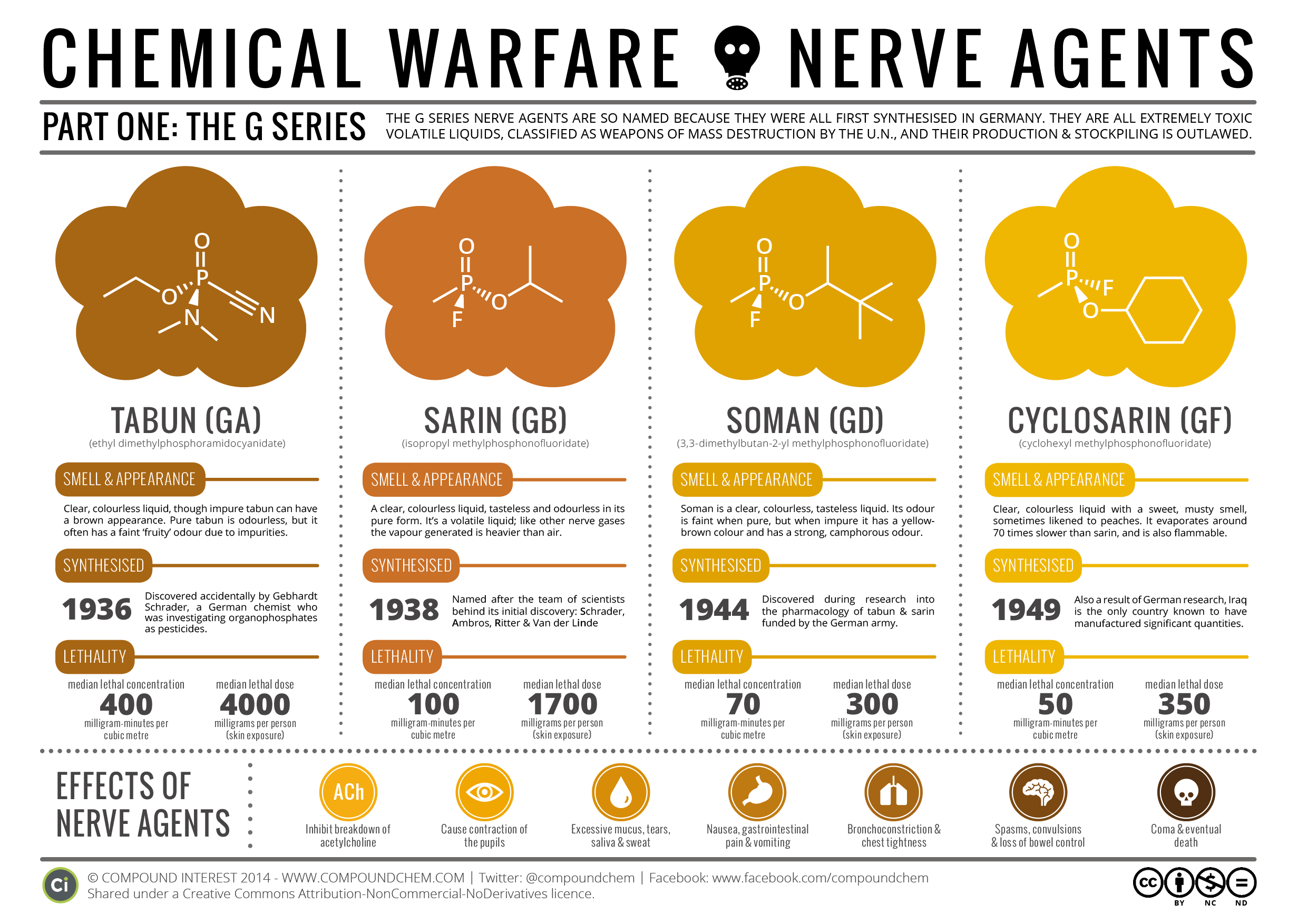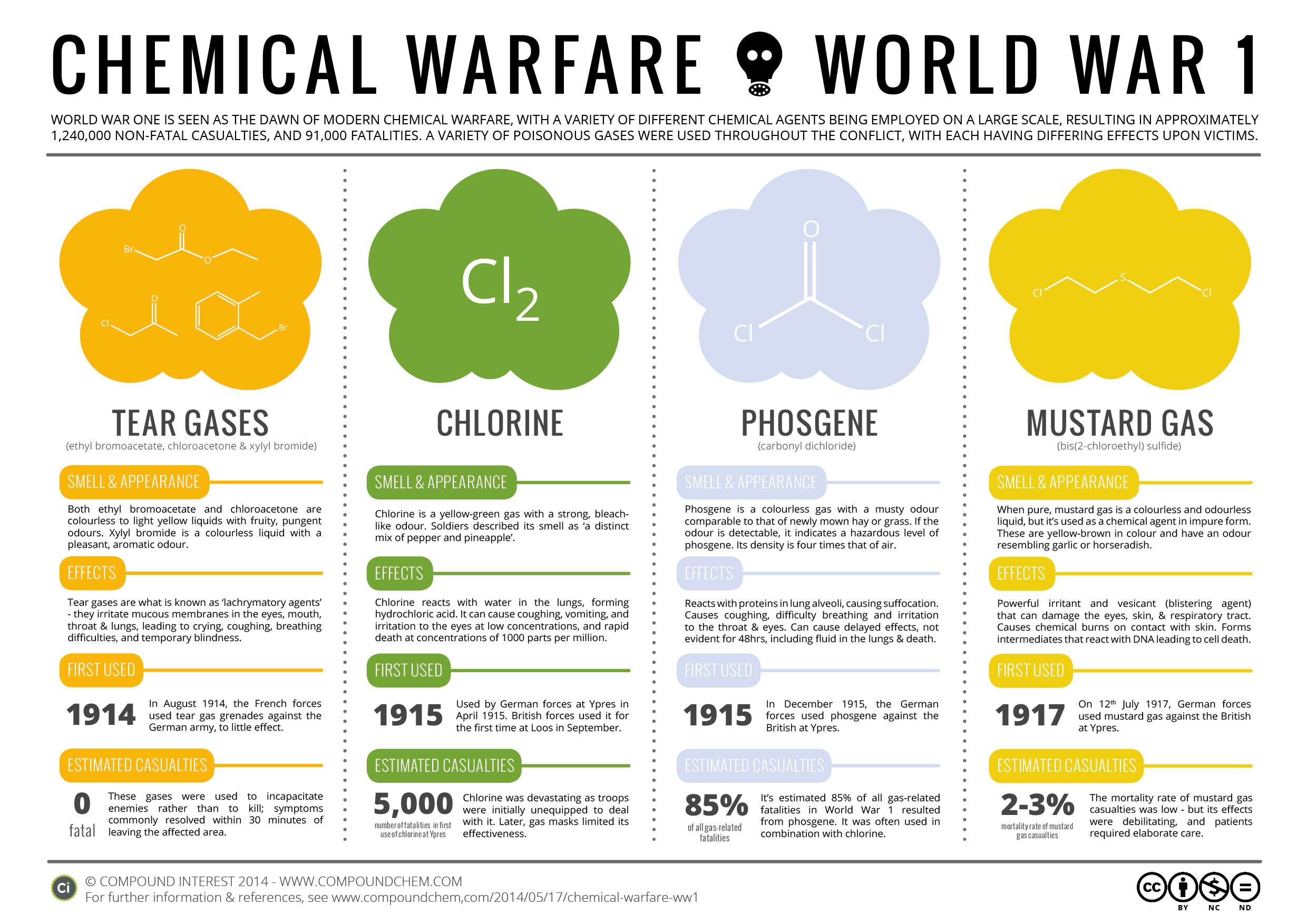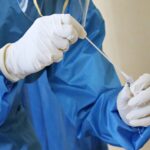Strike on Syria in Response to Chemical Attack
What Happened?
On April 7th, 2018 chemical weapons were unleashed on Douma, a city in Syria. The people responsible for the attack were Syrians themselves. 70 people were killed in the incident. One thing that lead the US president to strike is that Syrian and Russian forces say nothing happened. They say that it was all staged by British intelligence. While we may or may not know all of the details, the US has decided to go through with attacking back.
There was, however, evidence of chemical weapons. According to the WHO’s local health partners, of the 70 people who died, 43 showed symptoms “related to symptoms consistent with exposure to highly toxic chemicals.”
“The victims emitted a powerful smell of chlorine, but there were more people affected than in previous chlorine attacks.” says Mohammed Marhoum, a medical worker. He believes that chlorine and another chemical was used in the attack.
Alastair W.M. Hay, a professor of toxicology at Leeds University, says he’s seen images of bodies with foam at the mouth. No other injuries are more consistent with nerve agent exposure than a chlorine attack.
“That’s suggestive of something that was very toxic, and people have pretty much died where they were when they inhaled the agent.” he says.
A Little Bit of History
Syria has been in a civil war with their own people for seven long years now. Development of chemical warfare was in the 1970’s for Syria with help from the Soviet Union in Egypt. They admitted to having these weapons in 2012 and in 2013 while President Obama was in office, Syria used sarin (a nerve agent) to kill 1,429 in Damascus suburbs.
A response was issued though resolved soon after the US and Russia made a deal that Syria to destroy their weapons. 1,300 metric tons of banned materials were said to have been destroyed there after. They were believed to have had the largest stockpile of chemical weapons.
Chemical Weapons


The two main chemicals used in the attack are:
Chlorine gas – produces a greenish-yellow cloud that smells of bleach and immediately irritates the eyes, nose, lungs, and throat of those exposed to it. If chlorine gas is released into the air, people may be exposed through skin contact or eye contact. They also may be exposed by breathing air that contains chlorine. Chlorine gas is heavier than air, so it would settle in low-lying areas. At high enough doses it kills by asphyxiation. No antidote exists for chlorine exposure. Treatment consists of removing the chlorine from the body as soon as possible and providing supportive medical care such as inhaled breathing treatments for wheezing in a hospital setting.
Sarin – a human-made chemical warfare agent classified as a nerve agent. It is a clear, colorless, and tasteless liquid that has no odor in its pure form. However, sarin can evaporate into a vapor (gas) and spread into the environment. Following release of sarin into the air, people can be exposed through skin contact or eye contact. They also can be exposed by breathing air that contains sarin. Sarin vapor is heavier than air and will sink to low-lying areas to create a greater exposure hazard there. Treatment consists of removing sarin from the body as soon as possible and providing supportive medical care in a hospital setting. Antidotes are available for sarin. They are most useful if given as soon as possible after exposure.
In the US
President Donald Trump announced and order to strike Syria after the attack on the people of Douma. He will join with France and the UK in order to initiate the strike.
“In 2013, [Russian] President [Vladimir] Putin and his government promised the world that they would guarantee the elimination of Syria’s chemical weapons,” he continued. “Assad’s recent attack and today’s response are the direct result of Russia’s failure to keep that promise. Russia must decide if it will continue down this dark path or if it will join with civilized nations as a force for stability and peace. Hopefully, someday we’ll get along with Russia and maybe even Iran. But maybe not.” Trump says, “We look forward to the day when we can bring our warriors home.”
For Our Troops Overseas
With some of our troops stationed overseas, there are many who worry about what will happen to them. Not much has been said about the troops and who will be going in first for the attack.
There is, however, talk that North Korea will be working with Syria once the US attacks. As this adds more tension between the US and North Korea, Trump will not be backing down.
Kim Jong-un, chairman of the State Affairs Commission of the Democratic People’s Republic of Korea, sent a message to Bashar Al-Assad, president of the Syrian Arab Republic. Kim Jong-un gave a congratulations to the Syrian president for their 72nd anniversary of the independence of the country.
“I am pleased over the fact that the friendly Syrian government and people have recently made big achievements in the struggle to defend the country’s sovereignty and security under the correct leadership of the president.” Kim Jong-un says.
Sources
http://nymag.com/daily/intelligencer/2018/04/what-really-happened-in-the-syria-chemical-attack.html
ABOUT THE AUTHOR
Meagan Stone
Student Author - Spring 2018
Senior at GCSC pursuing a Bachelors in Applied Science in Digital Media. With over 5 years professional experience in graphic arts, I hope to someday bring my skills overseas.








